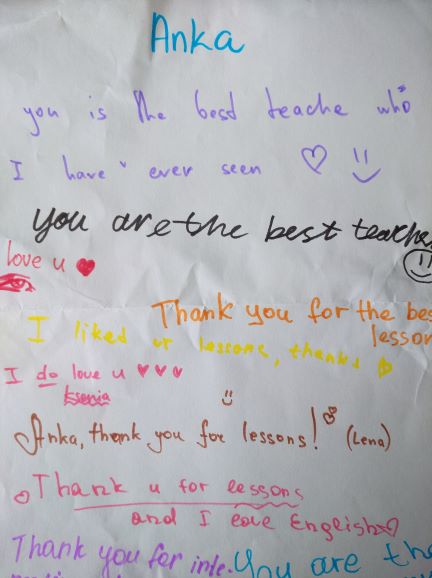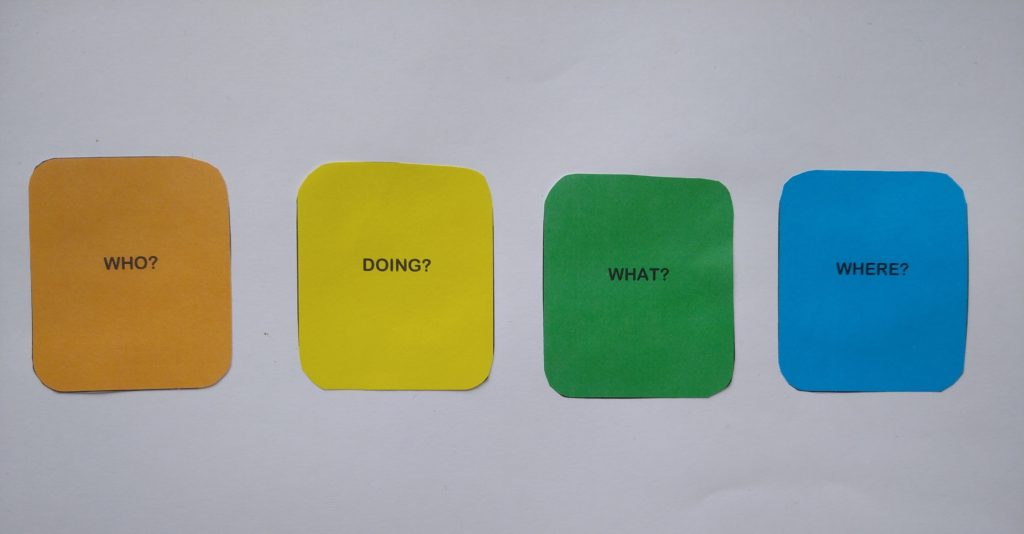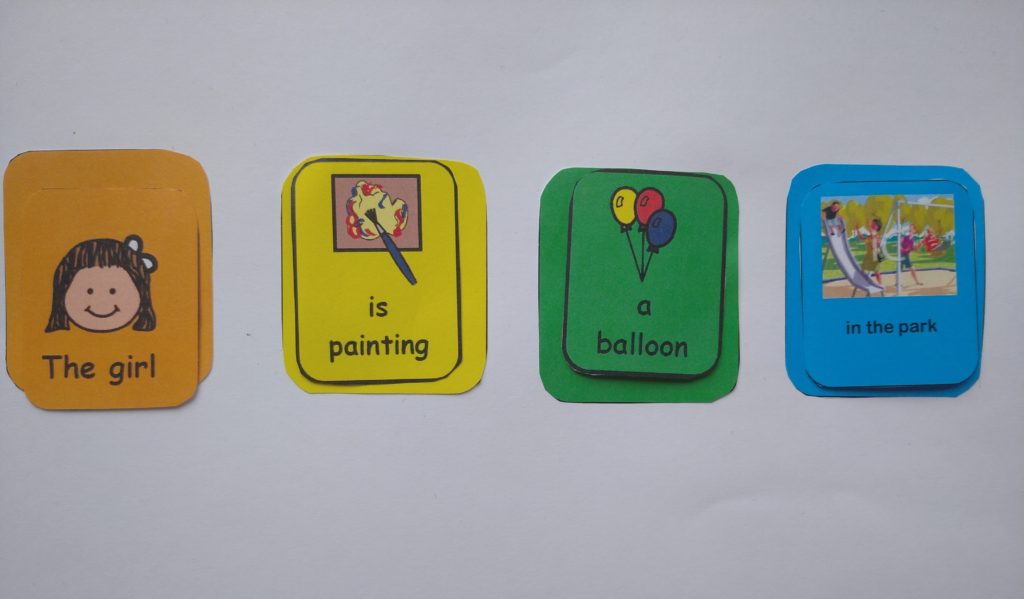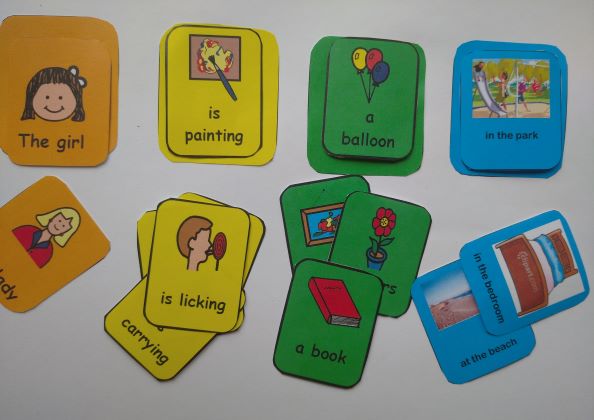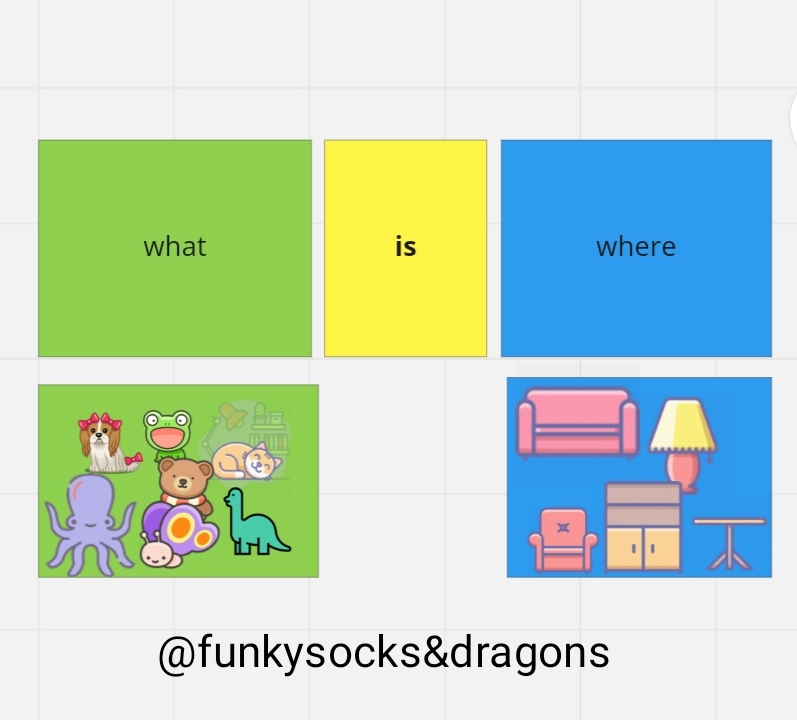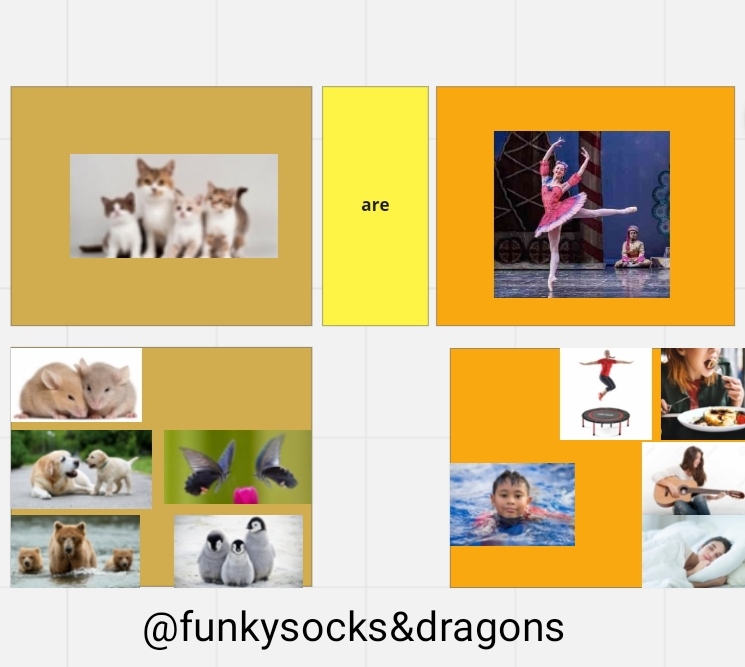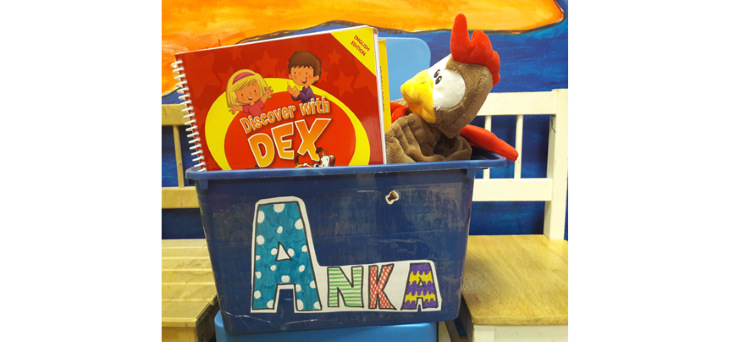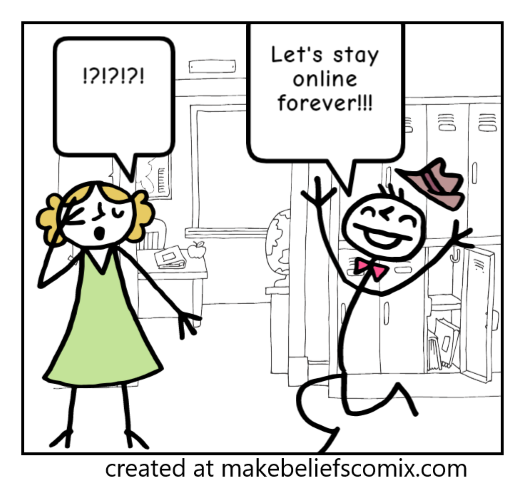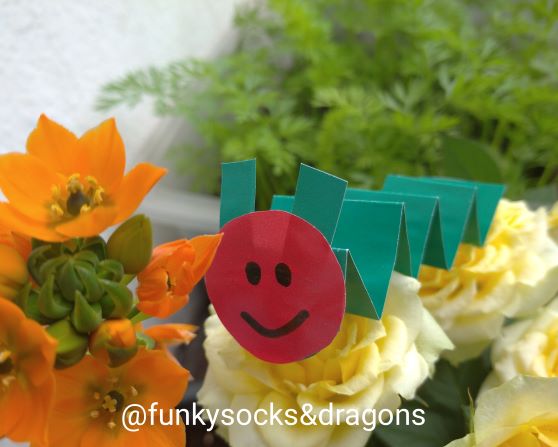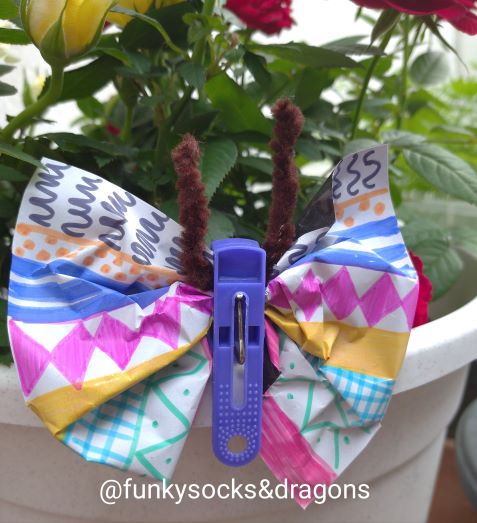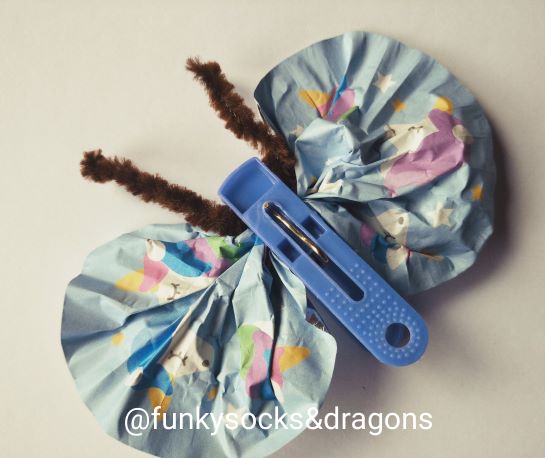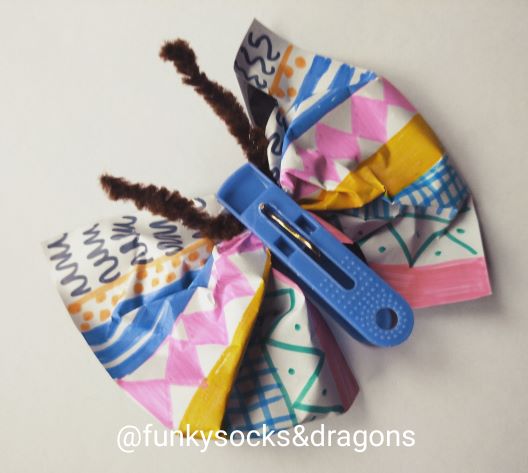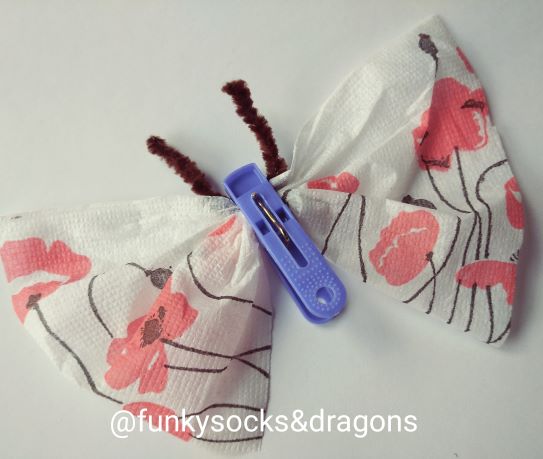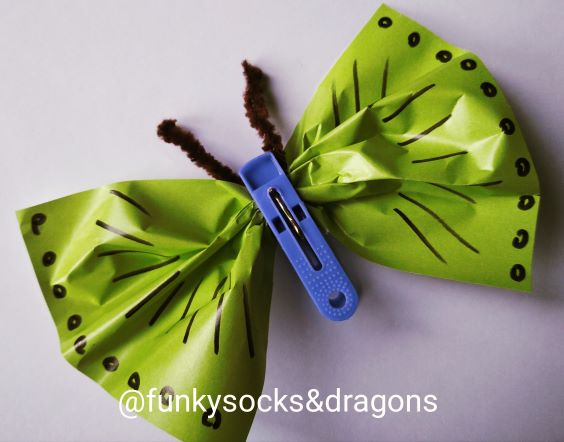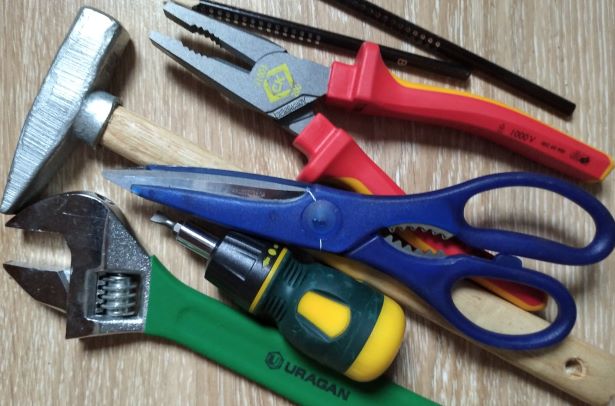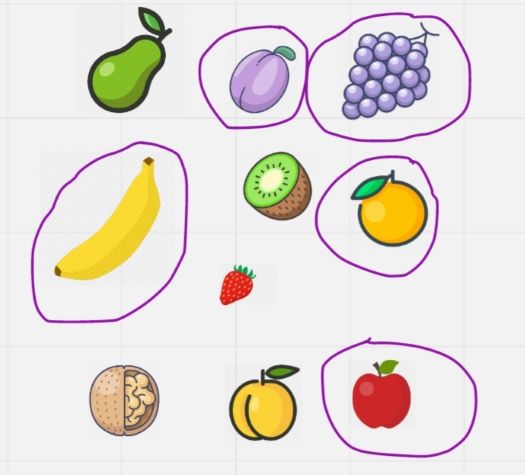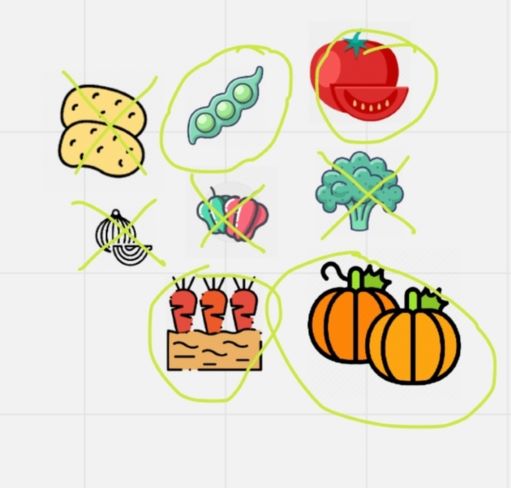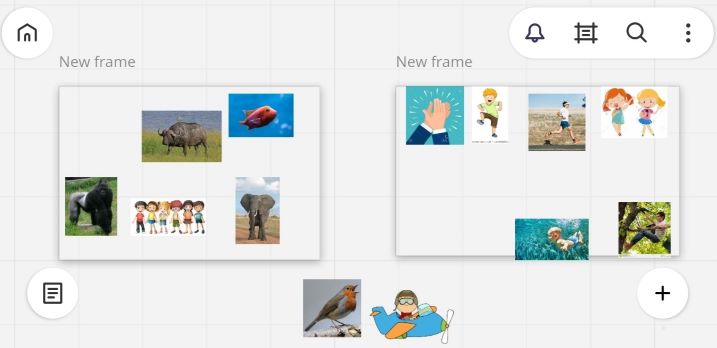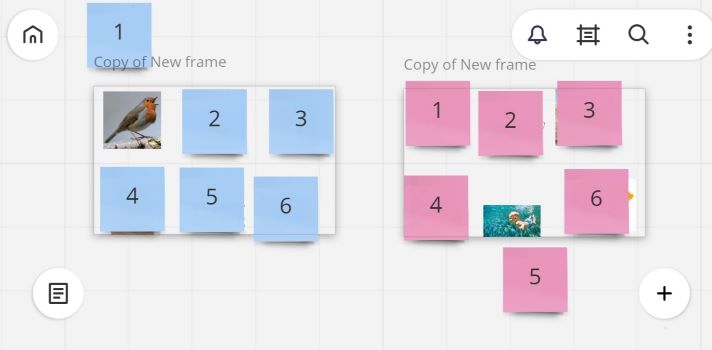A post by a lazy teacher who likes to ditch the tasks and the responsibility onto her students, even those little ones.
A post by a greedy teacher who always wants more and whose main aim of every lesson is: language production. And then more language production.
A post by a teacher who first shared these ideas at the Cambridge Back to School webinars in August 2020.
A post by a teacher, about materials management or 00000 different ways to use the same picture.
A post with activities that were inspired by some of the YLE Cambridge exams but approached in an open-minded way…Ready, steady, go!
P.S. Don’t forget to check out of the second part this post.
There is only one picture…
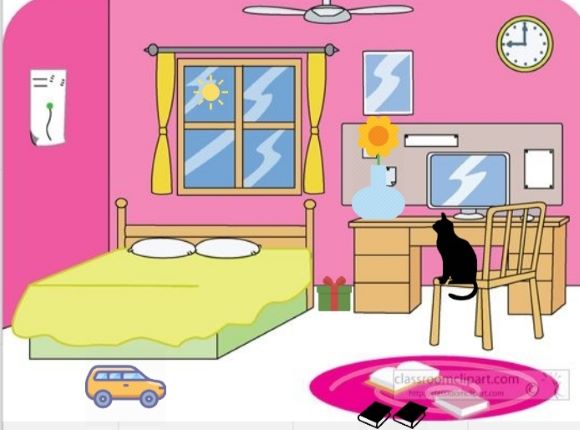
Before you even look: tell the students that it is a picture of a bedroom, have them predict what they might see…Then we look at the real one and check.
Tell me about this room: the students describe the room, using the language that they are familiar with, ‘there is’, ‘I can see’, perhaps only the nouns, perhaps nouns and colours and prepositions.
Riddles: the kids make up simple riddles for their partners to guess. ‘It is black and it is on the chair’.
Stickers dictation: this one is more appropriate for the lower levels and was inspired by the sticker activity in the Superminds coursebooks by CUP. It is also a perfect opportunity to use up all the leftover stickers that no one ever asks for. Students work in pairs and they upgrade the illustrations in their coursebooks (as in: any illustrations) with the stickers. Student A is telling student B where to put the five stickers in one of the coursebooks and then they swap roles.
Teacher = Cheater: the kids open their books and look at the picture. The teacher tells them about her non-existent picture which is, surprisingly, very different from the picture in the coursebook.
Students = Cheaters: the kids describe their made-up rooms, also, very different from the bedroom that they are looking at.
In my real room: particularly appropriate for the online classes since the children will be already sitting in their rooms and can easily compare the illustration with the reality but can be done in the offline lessons, too.
Because: students describe the picture but instead of just focusing on what exactly they can see they try to find the rationale for what they can see. ‘The books are on the floor because….’
The story behind the picture: even such an uninspiring picture in which nothing is happening (really) can be a starting point to writing a story or telling a story. The only thing that you need is a set of questions to get them started, for example: Who lives in this room, a boy or a girl? How old is he/she? What is his / her name? What does he / she like? He / she is not in his/her room. Where is he/she? What is he/she doing? What did he/she do before? What is he / she going to do next?
Dice games: the teacher has to assign the structures to each of the numbers on the dice and these can be easily adapted to the level of the students. The standard set might include: 1 = I can see, 2 = There is, 3 = There are, 4 = It’s on / under / in, 5 = It’s green / red, 6 = It’s big/ small / beautiful. You can also include: I like, I don’t like, …is doing what, is happy/ sad/angry, there aren’t any and so on, depending on the picture. Kids work in pairs, roll the dice and describe the picture using the assigned structures.
Noughts and crosses: It takes three lines to turn any picture into a noughts and crosses game. Students play the game in pairs but before they put their mark in one of the boxes, they have to describe what they can see there in one, two or even three sentences. To keep the kids interests up, a marking scheme can be introduced, a twin grid, with points which is of course kept secret until the end of the round (in Miro – under the noughts and crosses grid, on paper – on the corner that is folded under). This way we always have a winner, the person who collects more points for the boxes that they have described. Sometimes we have two winners, too, the logical one and the mathematical one.
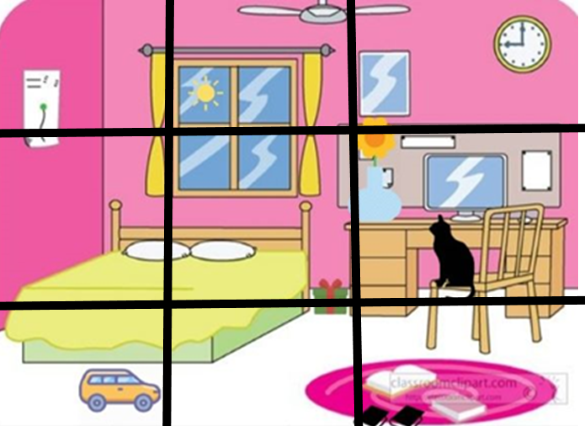
Memory games: first, the students get to look at the picture for a minute or two. The teacher asks them to remember the details, all the colours, actions, number of children and so on. Afterwards, the students are divided into teams. The teacher can use either a set of pre-prepared sentences some of which are true and some of which are false. The teams pick out one of the cards, read the sentence and check how much they remember. This version is more T-centred but it has the advantage of additional reading practice. In another version, the students get to look at the picture again and make up a sentence about it, for the other team to guess. They can also write their own set of sentences which will be later used to test the other team.
There are two pictures…

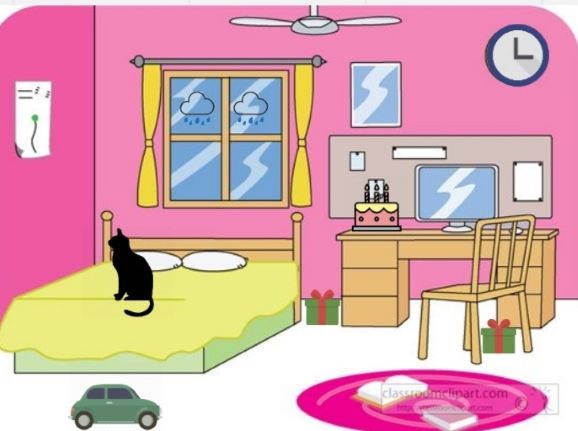
I can make it different: the starting point is a picture and it can be copied and upgraded in any way the teacher sees fit, using all the beautiful tools that the Miro board has to offer (google image search and icons). It will take some time but it means that it can be adapted to the level, skills and interests of a particular group and then saved and recycled forever. Just like these two pictures here…
Predict the Differences: the children can only see one of the pictures and they try to figure out all the ways in which the two pictures can differ. It might be especially effective if they are already familiar with the task format and know that they have to be looking out for different patterns, activities, objects that the people are holding, throwing, the comparisons between two objects, the location on the right or left side of the picture and so on.
Predict the Differences Quiz: the idea is the same but we add the competitive element and another skill as the teams or pairs of students are asked to write ten potential differences between the picture they can see and the other one. The team that manages to better at predicting wins.
Find the difference: we can ask the students to work in pairs but to find all the differences without showing their picture to the partner. This is not going to be a strict Movers or Flyers preparation task but we are going to raise the level of challenge and they students will really have to listen carefully in order to establish how these two pictures are different.
One big and ten small pictures: it is not necessary to kill another tree to ensure that each child has two pictures right in front of their eye. One, enlarged copy of Picture A can be displayed on the board (or on the screen) and compared with the picture B in students’ coursebooks.
Accidental friends: illustrations that were created not as a ‘find the difference’ task but can easily serve the purpose. Examples? Any of the Movers and Starters reading and writing story tasks or any of the Movers or Flyers speaking story tasks…The theme is already there and looking for differences can be a nice warm-up to storytelling or story-writing activities…
Very, very different: the illustrations that can be used in this kind of a task do not even have to be specifically created with that purpose in mind. Any (and I mean it: any) two pictures depicting ‘a bedroom’ can be used to find the differences. The crazily pink exhibit A here and practically any page of the IKEA catalogue…And pronto!
YLE listening task recycled: these can be used as a listening task, to prepare for the format and to develop listening skills but they can be later used again as a colouring dictation activity. Students work in pairs, one is in charge of the coloured pencils and speaking (‘Colour the bird yellow’), the other one – in charge of the colouring page and listening. Half-way through the activity they swap roles.
This is already more productive but the best is yet to come. Since it is a freer practice activity and students make their own decisions regarding the choice of the colours, it is quite likely that all the pictures will be different. And then…Yes, we can compare them, in groups of four.
Actually, even a leftover listening copies can be used in the same way (Saving the planet, remember?). After all, regardless of which exam it is, the students only have to colour five elements of the picture and the rest of them can be used in a speaking task like that.
Colouring printables: can be used in exactly the same way. Not all the pages will do, for example a large drawing of a cat does not really offer too much as an object to be described and I try not to use colouring pictures which are too big as some students like to be precise and colouring those might take too much of the precious time of the lesson. Other than that, just open google and type in: a child’s bedroom colouring page…Ready! And if there are any words that the students don’t know yet, we can always learn them. Even if they are not on the YLE word list and just because ‘a dragonfly’ might be a cool word to know😊
Which one is different?
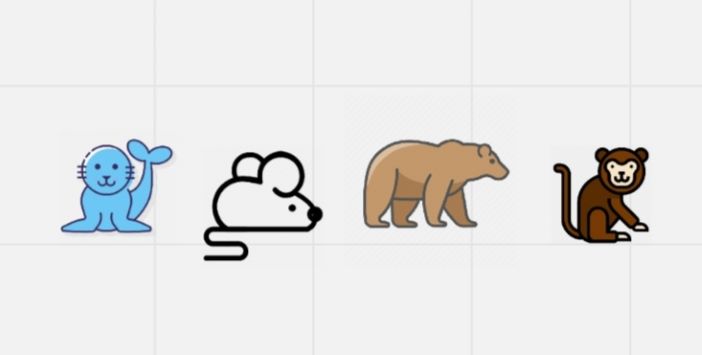
Vocabulary practice: we only need four pictures out of is one is different. It might be a set of four objects, three of which are blue and one of which is red and the students do not even need to know the name of all of the objects. They can still complete the task by using the structure ‘It’s blue’ or even ‘blue’. We can create such by using icons or google images on the Miro board or by arranging and re-arranging the flashcards that accompany our books.
Grammar practice: the focus here can be chosen depending on the topic of the lesson and it can be limited to only ‘it has got…legs’ with animal flashcards, ‘it’s big’ with school objects, ‘I like’ with food, prepositions, Present Continuous and what not.
Kids take over: the students can make up their own chains, either with the coursebooks flashcards or the mini-flashcards (always a good idea to have two or three sets of those for each topic, they can be reused throughout the course).
Chant it! This is the only variation here that I have not had a chance to use in the classroom but if you look at it from the right angle, all of a sudden, there is a lot of potential here: each chain has four pictures and each of them can become a separate verse. The kids can clap for the similar concepts and stomp for the odd one out…
It’s a good idea but it’s not my idea: the kids talk about the pictures and describe the odd one out but they have to go on until they guess the teacher’s original idea (probably better to write it down somewhere in order to be able to prove that we have not been cheating this time😊. If the appropriate topic has been chosen (such as, for instance, animals), this activity can go on for almost forever and the students will produce a terrifying amount of language. Once they learn to think outside of the box, this same activity can be used with all the seemingly less ‘appealing’ topics, too.
How many can you think of: a similar idea but realised slightly differently as students work with the exam materials but try to think of as many reasons to odd one of the pictures out…
Well, 27 activities…Not bad, not bad at all. I might be adding to this list in the future.
I hope you have found something useful here! And if you have used it in class, please let me know!
Happy teaching!
